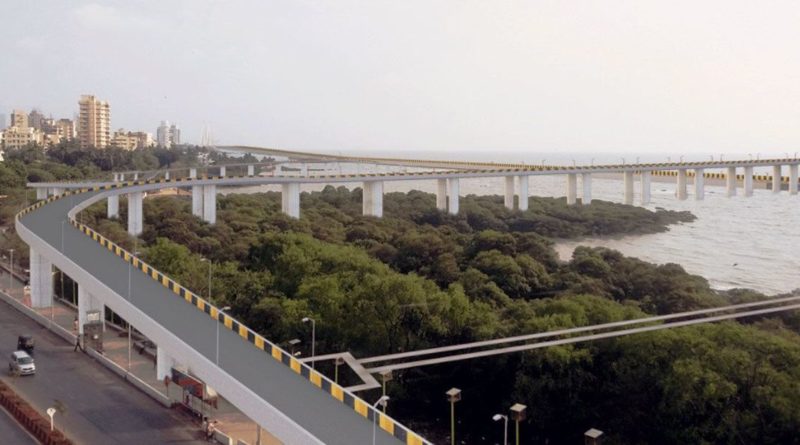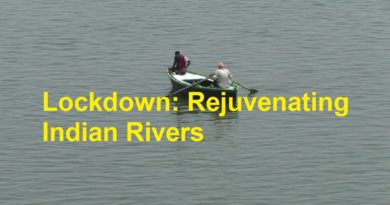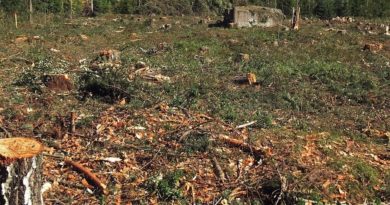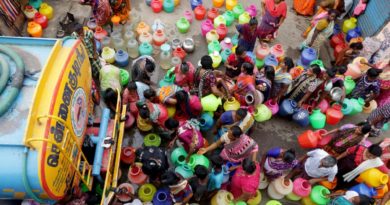Mumbai coastal road threat to 36 marine species along Worli shore
Dumping non-oceanic red mud during reclamation could potentially suffocate fragile species known to live in this intertidal area.
Originally published by Hindustan Times | Badri Chatterjee
A marine biodiversity report has found the coastal road project presents a direct threat to 36 intertidal marine species that thrive on the Worli shoreline.
“This reclamation is unsustainable and will end up destroying a bio reserve,” said Sarita Fernandes, from SagarShakti who led the study.
Even though work began last month, the Brihanmumbai Municipal Corporation (BMC) is yet to develop the marine biodiversity plan that it was supposed to have submitted to the Union environment ministry before starting reclamation for the coastal road project.
Conducted by SagarShakti, the marine research division of the environmental group Vanashakti, with two independent marine experts, the marine biodiversity report identifies sea snails, crabs, oysters, corals, sponges, octopus, sea fans, snappers, mussels, shrimps and rays – some of which are schedule 1 species under the Wildlife Protection Act, 1972 – in the stretch between Worli Dairy and the start of the Bandra-Worli sea link (889.24m).
Dumping non-oceanic red mud during reclamation could potentially suffocate fragile species known to live in this intertidal area.
“This is one of the most biodiverse shores in Mumbai. The scale of loss is unimaginable,” said marine enthusiast Shaunak Modi, who participated in the study.
Work on the first phase of the coastal road project, which costs र12,721 crore, is underway with land reclamation in parts of south Mumbai.
Reclamation towards Worli Dairy (seaward side) has been completed, and is presently ongoing in other parts of the 900m stretch.
In March 2017, the Union environment ministry had directed the BMC to develop a marine biodiversity conservation plan within 24 months of the environment clearance at a budget of र10 crore.




